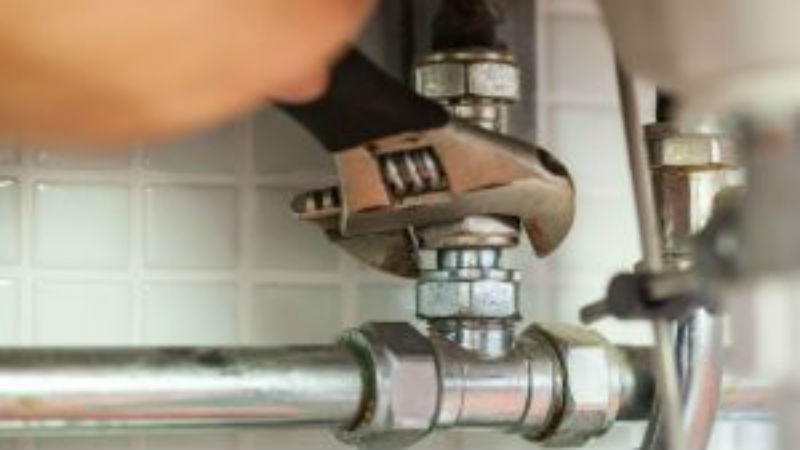In many types of applications, acids and chemicals are part of the processes and the materials used throughout production. In these types of systems, it is critical for all parts and components in the system to be able to withstand the exposure to the acidic media.
The choice of acid resistance for pipes, fittings, and components in the system is crucial, as the system is only as durable and effective as the performance of each component. In addition to these system elements, the system should be equipped with acid resistant valves that offer long life cycles, limited or no maintenance requirements, and that offer the control required for the system.
The Importance of Quality Valves
In any type of high purity or sanitary type of process or system, high purity valves are essential. These valves are designed to minimize any risk of buildup of the media on the wetted surfaces of the valve and to also address concerns with corrosion and destruction of the interior surface. This corrosion and damage to the interior of the valve not only could lead to valve failure, but it could also contribute to potential contamination of the system.
The choice of acid resistant valves accomplishes this same goal, even with highly destructive types of media. The most common materials used in the manufacturing of acid resistant valves include PTFE, which is the chemical name for Teflon, PDVR of polyvinylidene, or polypropylene. This is also the possibility to use Hastelloy, which is a superalloy, but the cost of this option makes it prohibitive for all but the most demanding types of valve applications.
Not all acid resistant materials are ideal in all applications. In addition to the specific ability to resist damage from the acid, the valve also has to be matched to the system based on the temperature range, pressure, and flow volume considerations.


